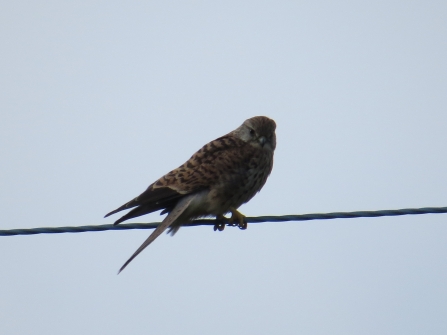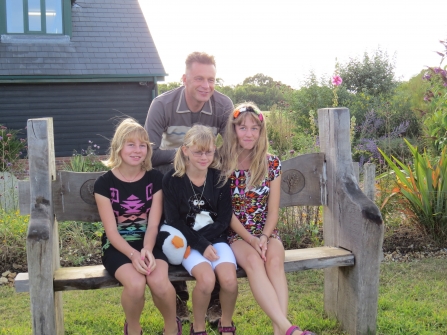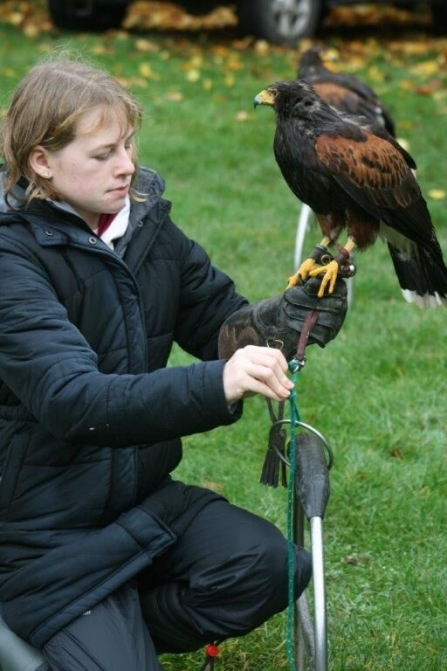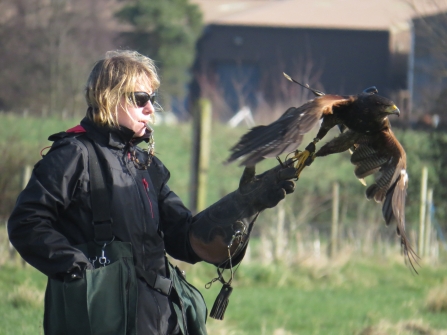Introduction
I am 17 and adore Nature and all things Wild! I work with Birds of Prey which is not only extremely rewarding but an incredible challenge and great privilege. To see the trust and partnership I have been building with my birds unfold and to be a part of their journey, from their initial refusal to even stand on my glove at the beginning of the training, to flying free across a field to me when hunting is something that I love and cherish.
How it started
My family, including Mum, Dad, four sisters (of which I am second eldest) and two brothers, have been very pro Nature since I was very small. We are all home educated by our parents and are very lucky to have the freedom to pursue any subject that inspires us. Mum and Dad took us on welly walks to splash through puddles and collect natural treasures such as autumn leaves, pinecones, acorns, twigs and shells. We would then learn about these things and make some cool artwork that we decorated our house with. They helped us make bird feeders, bird boxes and bug houses to put in the garden so we could see what wildlife we had on our doorstep. From an early age we were all happy gently cradling worms in our hands and could identify Woodlice and Pillbugs.
Mum and Dad also took us to the Hampshire and Isle of Wight Wildlife Trust, Swanwick Lakes, Wildlife Watch Group near Fareham where we had lots of fun doing activities that the Watch Leaders Carly and Michelle had organised for us. Every session we had a different topic to learn about, from Insects and making giant Spiders and Ladybirds out of toilet rolls and newspaper to pond-dipping, beach-art and birdwatching/identification.





